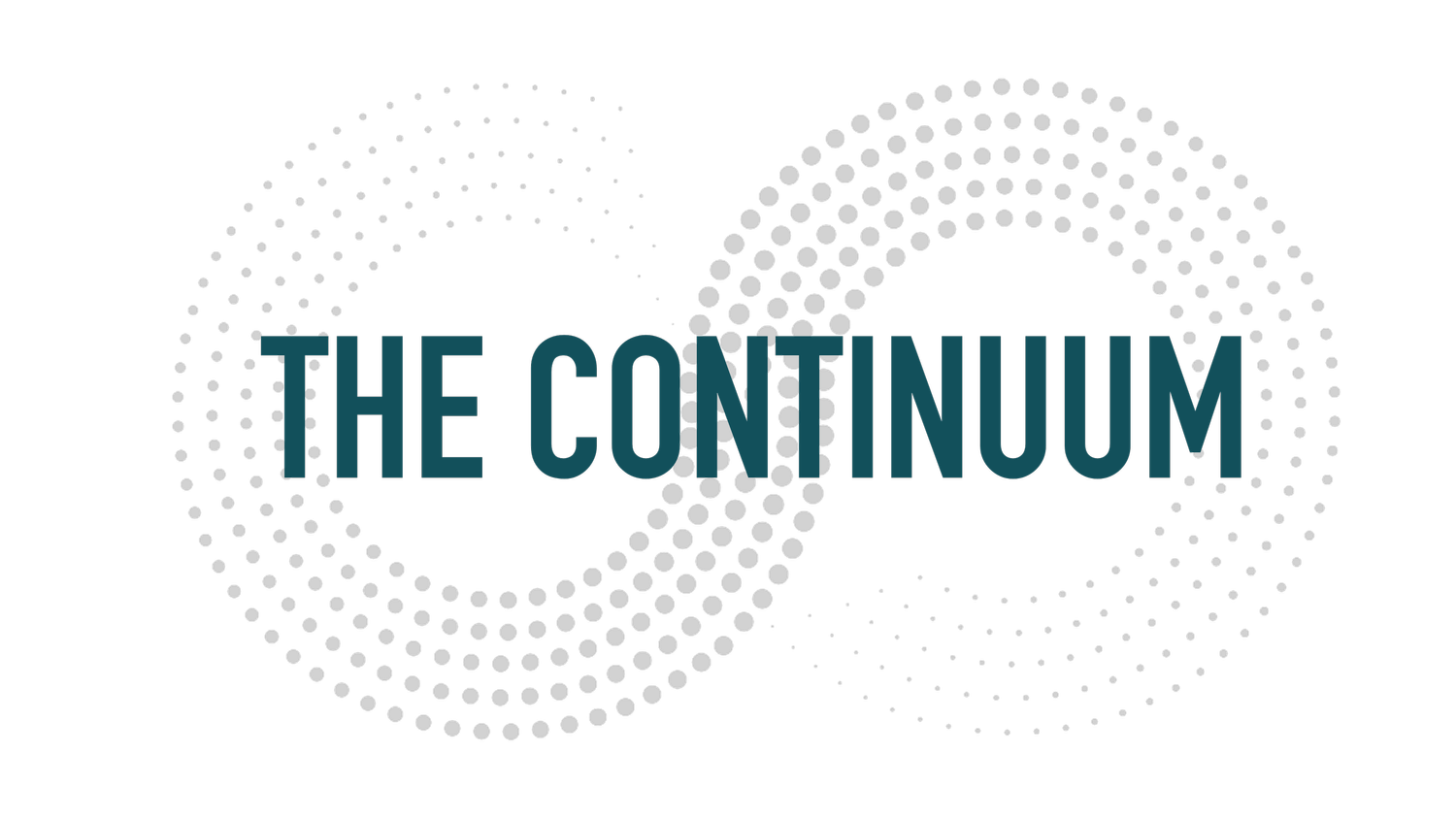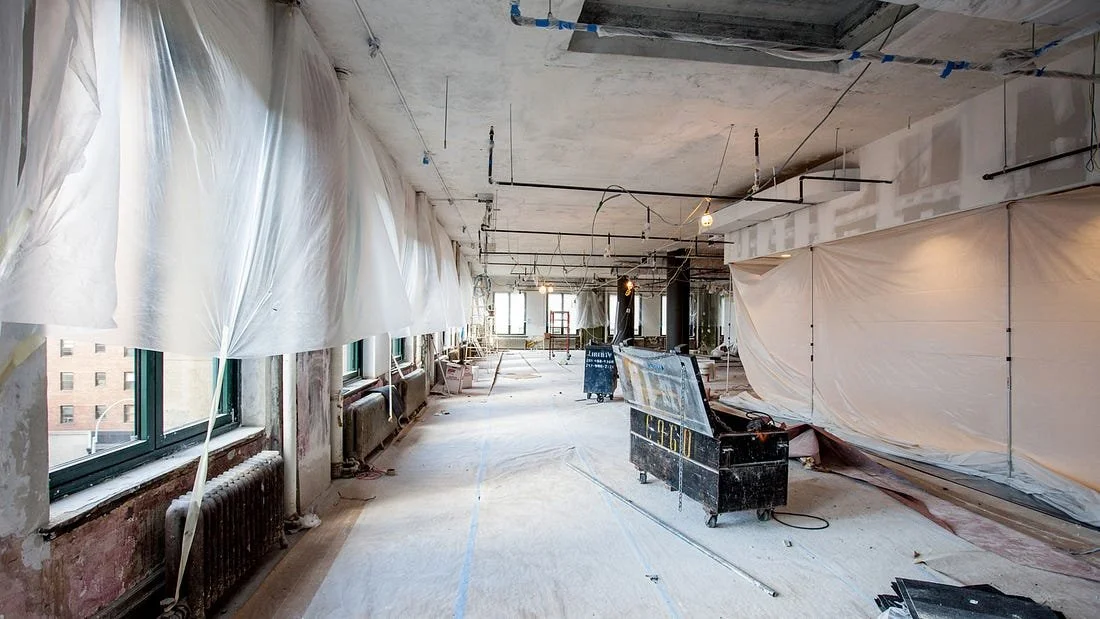Make Work Magnetic
Turning the office from obligation to aspiration.
Travel Log – Ten Countries Later
Six weeks. Ten countries. Fourteen cities. One relentless eight‑year‑old co‑pilot daughter. We moved at human pace: morning Zooms from train compartments, client calls from castle ramparts, journal finished over gelato. As Anthony Bourdain reminds us, “Travel is not a reward for working—it’s an education for living.” Each border we crossed proved him right. We soaked in cathedrals of sky and sun—and stumbled through a parade of meeting rooms so beige they could anaesthetise a thunderstorm.
If Europe’s prettiest postcodes can’t make the office feel alive, imagine the dread brewing back home. No wonder September sits heavy on so many calendars.
Back in 2012 I learned how to antidote that dread. Senior leadership handed me the executive floor at AOL’s global HQ and said, Make it inspiring. First act? Rip up the plush carpet, ditch the mahogany desks, expose the girders. No blueprint, total permission. We called it RAW: walls you could write on, corners you could film in, silence you could day‑dream through.
Two years earlier in London I’d hacked together a café called EMOH—"home" spelled backwards—inside AOL’s European HQ. It became the other home, a third space before "third space" hit TEDx slides. Both experiments taught me that a workplace is never finished; its perpetual becoming is the point.
Those lessons trace back even further.
Third Space First
I’m still no licensed architect, but space has always been my favourite canvas. What EMOH and RAW really taught me wasn’t how to decorate—it was why we need a place that isn’t home and isn’t a cubicle. A true third space dissolves the usual binaries: formal vs. casual, work vs. play, rank vs. rookie. It creates psychological permission to wander, collide, and co‑author ideas.
When a room signals unfinished, brains switch to possibility. Hierarchy melts; serendipity spikes. People move chairs, pin sketches, rehearse pitches, or simply stare out the window long enough to let a problem uncurl. In a third space, you’re more than your job title and less than your ego—exactly the altitude where invention likes to fly.
Take away that dimension and employees retreat to two extremes: the solitude of the home office for focus, or the cafeteria line for calories. The modern "return‑to‑office" plea must promise a third realm—one that gives ideas oxygen and gives humans a reason to gather beyond Wi‑Fi and free‑range lattes.
It dawned on me that culture doesn’t live in policy decks—it seeps from the walls. Give people an unfinished canvas and they’ll finish themselves into it.
Two takeaways frame every project since:
Art enjoys freedom; architecture shoulders responsibility. Give form only where form serves life.
Culture is invited, never instructed. Rituals emerge once the hardware (space) welcomes the software (human imagination).
And here’s the bridge to brandland: a well‑coded website or app can become that unfinished canvas, too. Physical third spaces invite people to rearrange furniture and mash up ideas; digital third spaces should let audiences remix content, shape the narrative, and feel the hum of shared authorship. Build your online platforms like RAW and EMOH—flexible, porous, always half‑painted—so customers don’t just consume the brand, they co‑create its culture.
The Humanity Gap, 2025
Skip ahead two decades. Kastle’s July barometer still pegs average occupancy below 50 %. Cafeterias overflow while strategy sessions evaporate. Hybrid life proved that people can smash deadlines from anywhere—but they’re starving for electricity together. The gap isn’t logistical; it’s human. We have the tech; we’ve lost the texture.
Why We Crave Place
Neuroscientists call them place cells—clusters in your hippocampus that light up whenever you occupy a meaningful setting. They encode context, emotion, even smell. That’s why a whiff of Coppertone can teleport you to your childhood beach. Workplaces that ignore the senses betray the brain. Memory feels spatial before it feels logical; the right room can fire dopamine faster than a push notification.
Ten Magnetic Moves (Beyond Free Lunch)
Intersection Islands – Bar‑height counters placed across hallways, not along them, forcing kinetic pauses where eyes can meet.
Quiet Cabins – One‑person alcoves dressed in felt, daylight, and muted earth tones. A green LED outside signals flow; red means come back later.
Material Mood‑Wall – Swap corporate art for a living collage of textures—cork, oxidized copper, recycled denim, charred timber. Employees pin inspirations like analog Pinterest.
Analog Arena – Replace one boardroom table with butcher paper over plywood and a rainbow of markers. No slides allowed—only sketches, storyboards, and physical prototypes.
Gravity Café – An espresso bar run by rotating volunteer crews (finance pulls shots on Fridays, HR on Mondays). Ownership brews community.
Aroma Zones – Cedar in focus pods, citrus in social zones. Scent is the fastest lane to memory.
Threshold Moments – A slightly warmer color temp at entrances that cools toward deep‑work areas, cueing your circadian rhythm.
Story Staircase – Paint every riser with a line of a company in‑joke or customer testimonial; employees climb the narrative daily.
Sunrise Studio – An east‑facing room kept empty except mats, blank paper, and smart blinds. It’s booked only before 9 a.m. for contemplative or creative practice.
No‑Shoes Fridays – A literal grounding ritual inspired by Japanese genkan culture. Stash your boots, slip on socks, and feel the floor.
(Ask any skateboarder why rough concrete beats polished marble—they can feel the story.)
Daily Micro‑Rituals That Stick (No Tables Needed)
09:40 – Table for Ten: Ten random names auto‑slotted for a ten‑minute stand‑and‑stretch in the lobby. Cross‑team osmosis before inbox gravity hits.
10:02 – Two‑Minute Demo: Live hallway screens rotate unfinished work demos—code snippets, mood boards, failed prototypes. Visibility without a meeting invite.
13:15 – Wandering Desk: One executive swaps seats with a new hire until 4 p.m. Empathy travels in both directions.
15:00 – Analog Reset: Lights dim, lo‑fi playlist rolls, laptops shut for ten minutes. A collective parasympathetic breath.
Small, consistent beats > annual drum circles.
Weekly Rhythms That Matter
Tuesday Salon (5–7 p.m.): Open mic for passion projects; the company foots the tacos. Last month’s featured a cello‑coding duet.
Wednesday Walk‑&‑Talk: Managers replace sitting one‑on‑ones with brisk park loops. Steps sync to a shared dashboard; ideas often outpace heart rates.
Thursday Curiosity Cart: A roaming trolley stocked with books, VR headsets, and mystery objects. Whoever wheels it chooses the theme.
Friday Analog Hour: Printers on, Wi‑Fi off. Sketch, annotate, scribble, build. Creativity loves constraint. We use to call this “No Fone Fridays”
These aren’t off‑sites; they’re on‑signal moments baked into the ordinary week.
Lessons from Cathedrals and Cinemas
Cathedrals knew awe is scale plus story. Soaring ceilings hush the inner monologue, priming you to listen.
Cinemas mastered the art of entrance sequence: lobby chatter, popcorn scent, lights dim, cue collective attention.
Museums teach pacing—white‑space corridors between exhibits let the last idea settle before the next lands.
A magnetic workplace borrows from all three: awe, sequence, and breathing room.
Mies Revisited: Less, Yet More Human
“God is in the details.” —Ludwig Mies van der Rohe
Minimalism isn’t anti‑emotion; it’s pro‑intention. Strip the noise so texture, light, and narrative can sing. A raw concrete column can feel colder than quarried stone until you wrap it in stories—who poured it, who leaned against it at midnight chasing a launch, whose initials hide in the formwork.
If your space doesn’t whisper, Someone considered me here, then no amount of corporate swag will make it stick.
The Invitation
We spend 80 % of our waking life working. Let’s craft spaces that pay that time back—physically, mentally, spiritually. Don’t beg people to "think outside the box"; smash the box, salvage the pieces, and build a playground.
Your team isn’t allergic to offices—they’re allergic to indifference. Design experiences that magnetize talent back not by mandate, but by meaning. Make work the place where stories happen worth telling on the beach next summer.
See you at the Gravity Café.
July 22, 2025
© 2025 The Continuum

